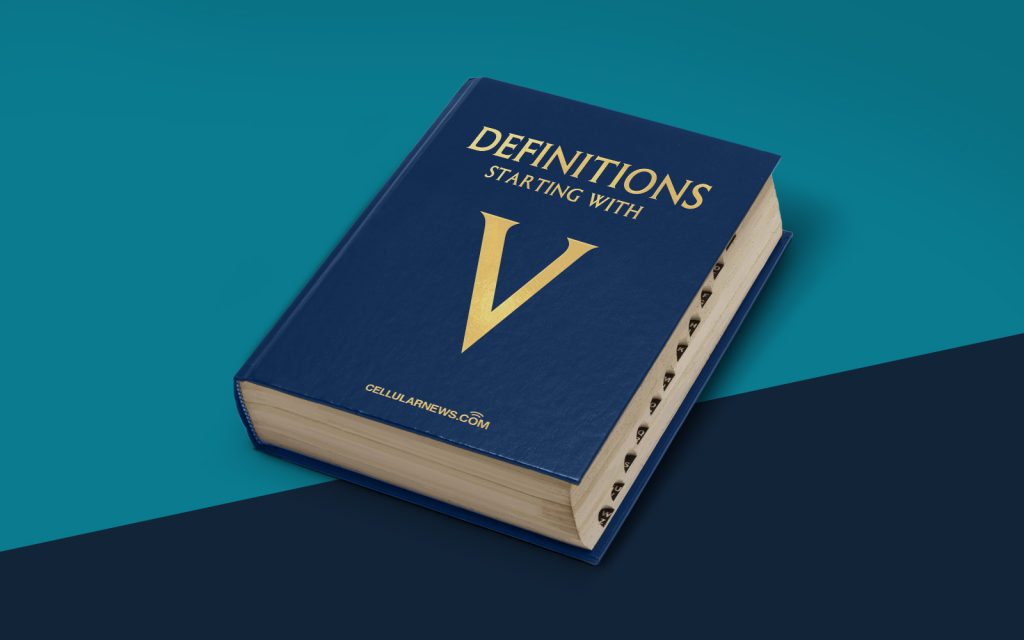
Unlocking the Power of Data: Understanding the Validation Set
Welcome to another installment of our DEFINITIONS series, where we delve into the world of data science and analytics. Today, we will demystify the concept of a Validation Set, a crucial tool used in model evaluation and performance estimation. If you’ve ever wondered how data scientists ensure the accuracy and reliability of their models, you’re in the right place!
Key Takeaways:
- A validation set is a subset of data used to evaluate and fine-tune machine learning models.
- It helps in estimating the model’s performance before applying it to unseen or real-world data.
In the field of machine learning, a validation set is like a trusted friend who gives you honest feedback on your work. But what exactly is it, and why is it so important?
At its core, a validation set is a subset of your overall dataset that is independently selected from the training set. It serves as an intermediary step between the training and testing phases in model development. The primary purpose of the validation set is to help you assess how well your model performs on unseen data before deploying it in the real world.
Now that we understand the essence, let’s dive deeper into how the validation set fits into the machine learning workflow:
- Data Split: When working with data, it’s common practice to divide it into three sets: the training set, the validation set, and the test set. The training set is used to train or fit the model to the data, the validation set is used to fine-tune the model parameters and optimize its performance, while the test set is reserved for final evaluation.
- Model Training: Using the training set, machine learning algorithms learn patterns and relationships within the data.
- Model Evaluation: Next, the validation set comes into play. By evaluating the model’s performance on this separate set of data, data scientists can make adjustments, optimize its hyperparameters, and select the best version of the model.
- Model Selection: After testing multiple iterations of the model using the validation set, the data scientist can choose the model that performs the best and has the least error in generalizing to new, unseen data.
- Final Evaluation: Finally, the selected model is assessed using the test set, providing an unbiased estimate of how the model performs on real-world data.
Now, let’s circle back to the importance of the validation set. By using a separate dataset for validation, you can prevent overfitting, which occurs when a model performs extremely well on the training data but fails to generalize to new data. The validation set acts as a safeguard against this pitfall, helping you fine-tune the model’s hyperparameters and parameters to achieve the best performance on unseen data.
In conclusion, a validation set is an essential component in the data science toolkit. It allows for unbiased evaluation of machine learning models and helps select the best-performing model before deployment. By utilizing the validation set properly, data scientists can ensure the reliability and accuracy of their models when facing real-world scenarios.
Thank you for joining us today on our exploration of the validation set concept. We hope you found this article enlightening and informative. Stay tuned for more exciting discussions in our DEFINITIONS series!
